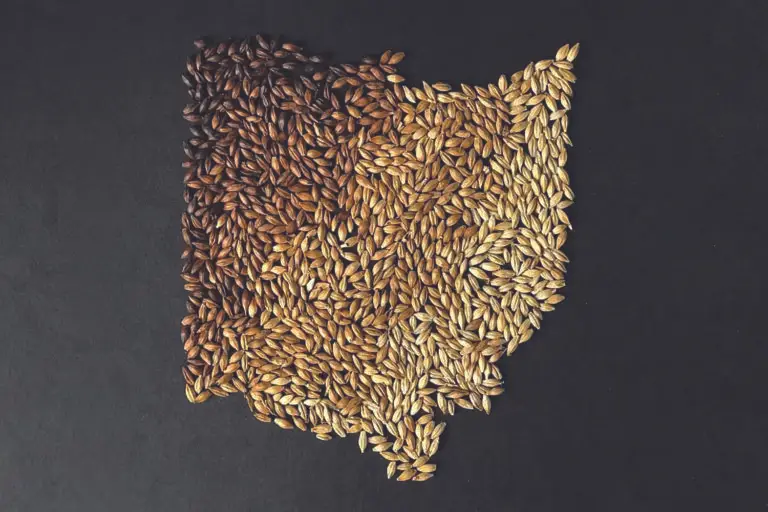The easy-drinking beer style may be out of style now, but don’t count it out
When John Lane calls out the Victory Brewing Company as making “some of the best American craft lagers out there,” lager heads should take heed. Lane ― co-owner of Cleveland-based Winking Lizard Tavern, which operates 21 locations across northeast and central Ohio ― is credited with elevating Ohioans’ beer palates by leading Winking Lizard’s World Tour of Beers for the past 30 years.
To be sure, there weren’t as many domestic craft breweries when the tour started, but Winking Lizard offered then-obscure European choices ranging from Samuel Smith’s Oatmeal Stout to classic Belgian selections such as Orval and Chimay, plus other styles difficult to find (think Berliner Weisse and lambics.)
I’m not strictly a lager head, but I’ve been impressed with the enduring appeal of lagers in the “Age of Ales.” It seems new craft ales, from ambers and IPAs to porters and stouts, get most of the attention and most of the taps in the tap rooms. Yet last year (again), the top-selling beers in America were all lagers: Bud Light, Coors Light and Miller Lite. While craft fans might scoff at drinking beverages from large producers, Victory Brewing’s Cameron Russell reminds us lagers are in America’s DNA when it comes to both production and consumption.
A quick summary of the differences: Ales are fermented at warmer temperatures with yeasts that sit on top of the mixture of grains and water. Lagers are fermented at colder temperatures and the yeast is on the bottom. Who cares? “Your average lay drinker is most interested in the flavor profile,” Russell says. He explains ales are fruitier with more esters (aromas), while lagers have “cleaner, more mellow flavors.”
Since refrigeration is relatively new, ales have been around much longer. In the 19th century, however, when Germans came to America in droves, they brought their Bavarian tradition of brewing beer with bottom-fermenting yeasts, then “lagering” (or storing) it in Alpine caves. One of the more famous styles is Pilsner, which originated in the Bohemian city of Pilsen. Russell believes it’s this historical affinity for Pilsners that explains some of lagers’ continued popularity. “The American lager movement [led by Budweiser and others] was originally just a variation of Pilsner…Even Sam Adams was built on the back of a lager,” he notes.
Besides being “the first at the [American] table,” lagers will likely maintain and even grow its popularity because of its eminent drinkability, Russell believes. “It spans many different palates, is lightly hopped and often has lower ABV,” he says.
Russell cites Pennsylvania-based Victory’s best-selling Prima Pils as a benchmark for the style. “It’s bright, crisp and grassy and well-respected in the industry,” he says. Indeed, Victory’s founders spent a lot of time in Germany studying brewing techniques before they started making Prima Pils. Victory’s lager yeast and hops are sourced from Germany.
Russell has a suggestion for those who have difficulty choosing: Victory’s Homegrown New American Lager. “It marries lagers and ales,” he says. Although the brewery uses traditional German yeast and malts, the hops are sourced from the Pacific Northwest and include Centennial, Mosaic, Azacca, Cascade, Chinook and Citra. “If you’re an IPA fan, but don’t want the bitterness, try this one,” Russell says
I’m not sure I’ll ever give up my porters and stouts, especially in winter. But summer’s here, and it’s time to explore some craft lagers that may never make the top three in sales, but will hold their own against classic European styles and pair perfectly with a hotdog at a baseball game.
Long live lagers.





